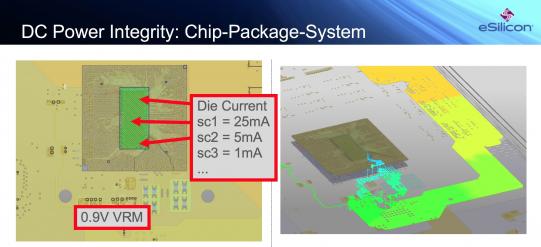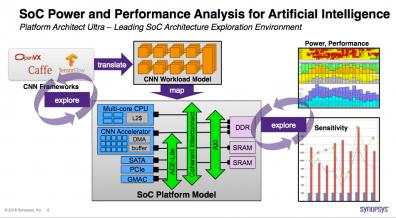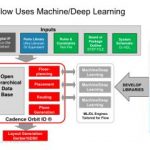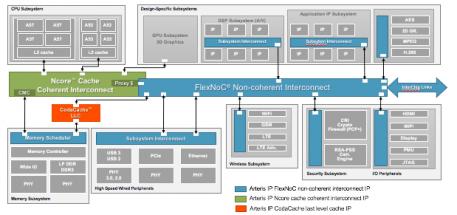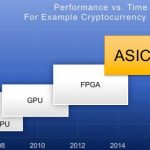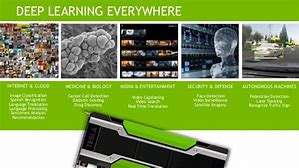While I missed ANSYS (and indeed everyone else) at DAC this year, I was able to attend the ANSYS Innovation Conference last week at the Santa Clara Convention Center. My primary purpose for being there was to listen to a talk by eSilicon which I’ll get to shortly, but before that I sat through a very interesting presentation on the growing… Read More
Tag: bernard murphy
Architecting an ML Design
Discussion on machine learning (ML) and hardware design has been picking up significantly in two fascinating areas: how ML can advance hardware design methods and how hardware design methods can advance building ML systems. Here I’ll talk about the latter, particularly about architecting ML-enabled SoCs. This approach is … Read More
Machine Learning with Prior Knowledge
I commented recently on limitations in deep learning (DL), one of which is the inability to incorporate prior knowledge, like basic laws of mathematics or physics. Typically, understanding in DL must be inferred from the training set, which in a general sense cannot practically cover prior knowledge. Indeed one of the selling… Read More
Timing Channel Attacks are Your Problem Too
You’ve heard about Meltdown and Spectre and you know they’re really bad security bugs (in different ways). If you’ve dug deeper, you know that these problems are related to the speculative execution common in modern processors, and if you dug deeper still you may have learned that underlying both problems are exploits called timing… Read More
Webinar: Differential Energy Analysis for Improved Performance/Watt in Mobile GPU
May want to listen up; Qualcomm are going to be sharing how they do this. There is a constant battle in designing for low power; you don’t accurately know what the power consumption is going to be until you build it, but by the time you’ve built it, it’s too late to change the design. So you have to find methods to estimate power early on,… Read More
Cadence Selected to Support Major DARPA Program
When DARPA plans programs, they’re known for going big – really big. Which is what they are doing again with their Electronics Resurgence Initiative (ERI). Abstracting from their intro, this is a program “to ensure far-reaching improvements in electronics performance well beyond the limits of traditional scaling”. This isn’t… Read More
Innovation in IoT
There is some interesting work reported this month in the Communications of the ACM, on novel sensing, multi-purpose uses for existing sensors and new ideas in agricultural IoT. The article opens on a method called Hitch-hike to use back-scatter methods for communication; I confess this doesn’t interest me so much, so I won’t … Read More
A Last-Level Cache for SoCs
We tend to think of cache primarily as an adjunct to processors to improve performance. Reading and writing main memory (DRAM) is very slow thanks to all the package and board impedance between chips. If you can fetch blocks of contiguous memory from the DRAM to a local on-chip memory, locality of reference in most code ensures much… Read More
Platform ASICs Target Datacenters, AI
There is a well-known progression in the efficiency of different platforms for certain targeted applications such as AI, as measured by performance and performance/Watt. The progression is determined by how much of the application can be run with specialized hardware-assist rather than software, since hardware can be faster… Read More
Deep Learning: Diminishing Returns?
Deep learning (DL) has become the oracle of our age – the universal technology we turn to for answers to almost any hard problem. This is not surprising; its strength in image and speech recognition, language processing and multiple other domains amaze and shock us, to the point that we’re now debating AI singularities. But then,… Read More


